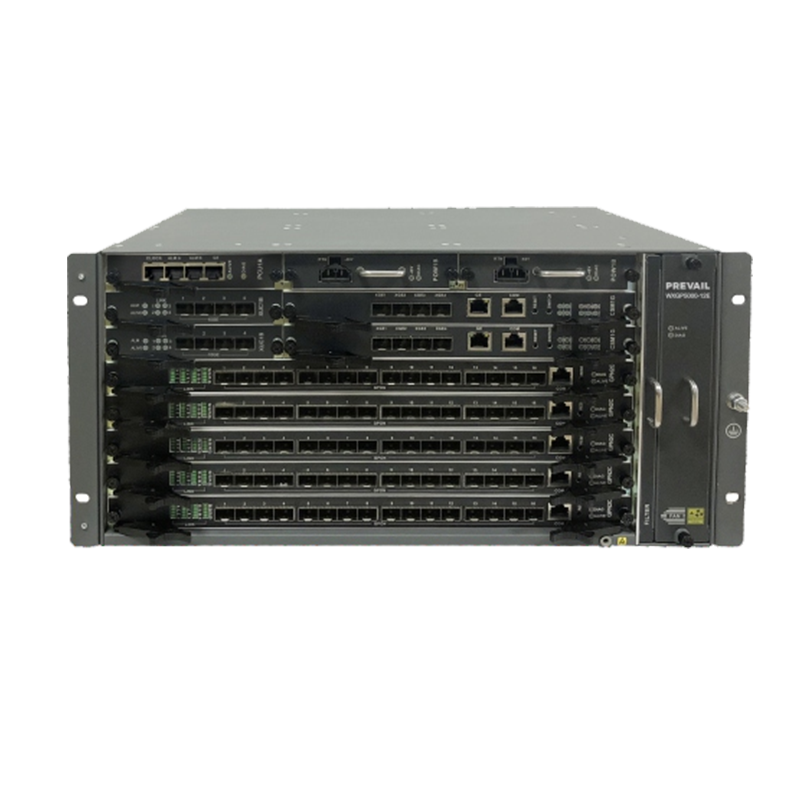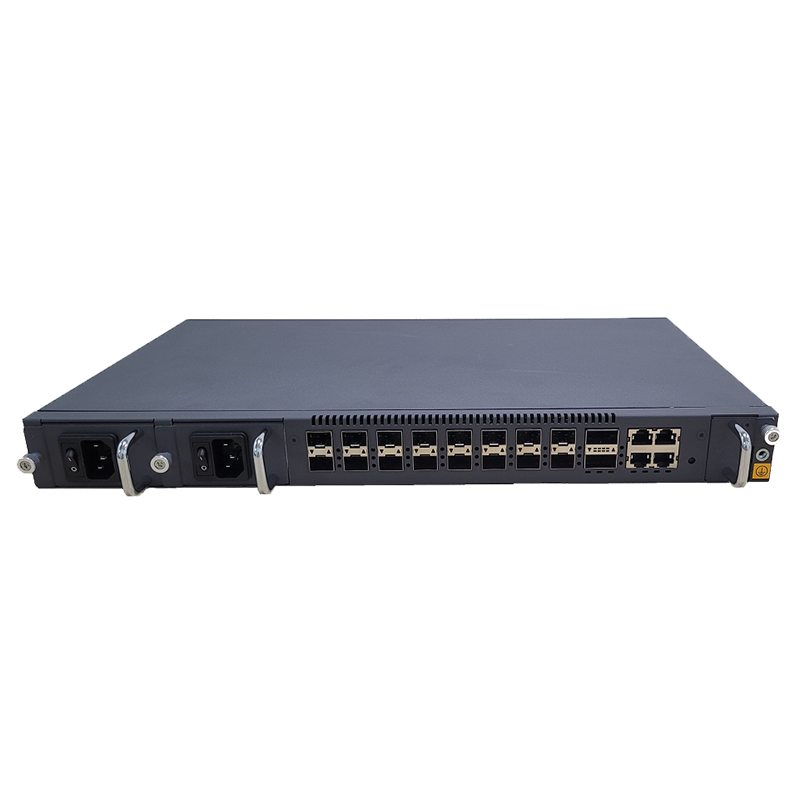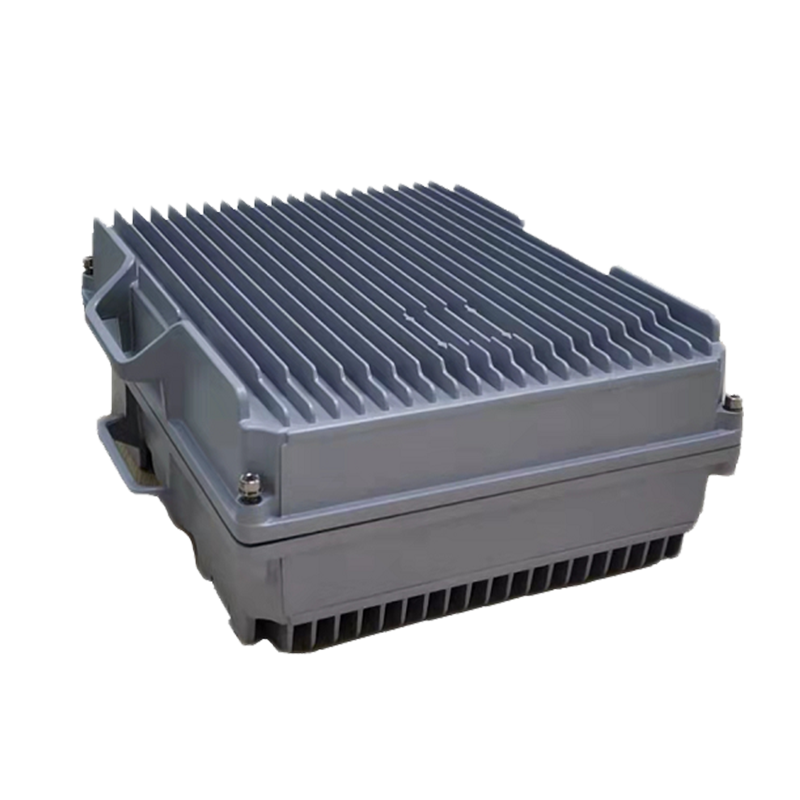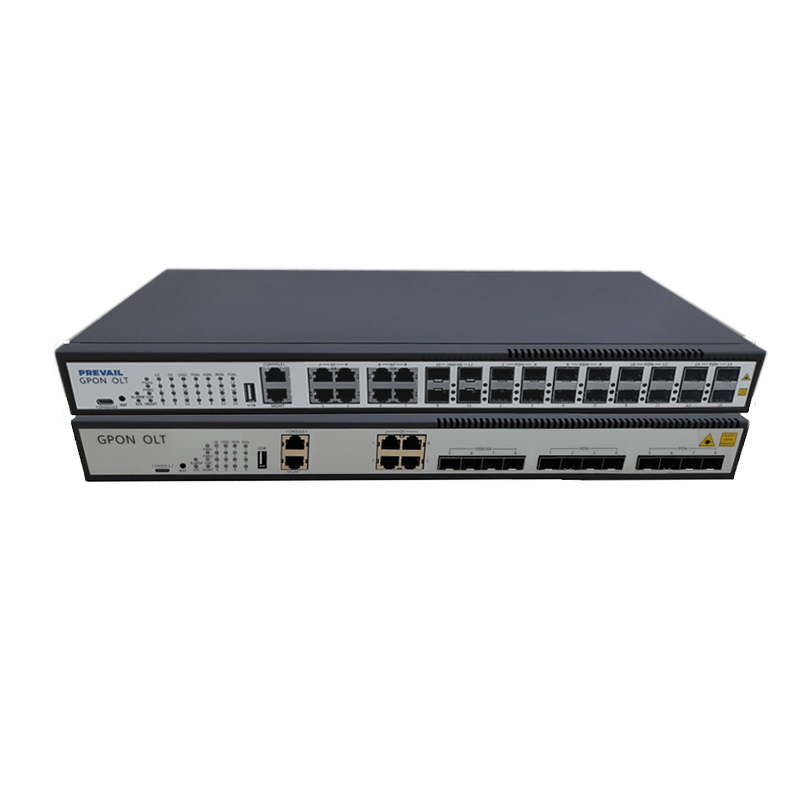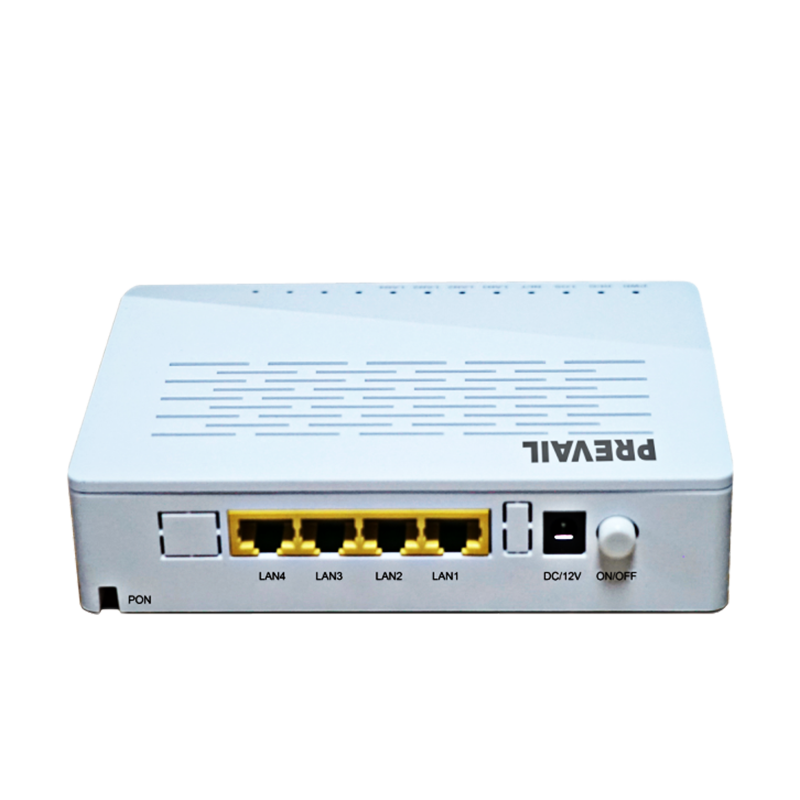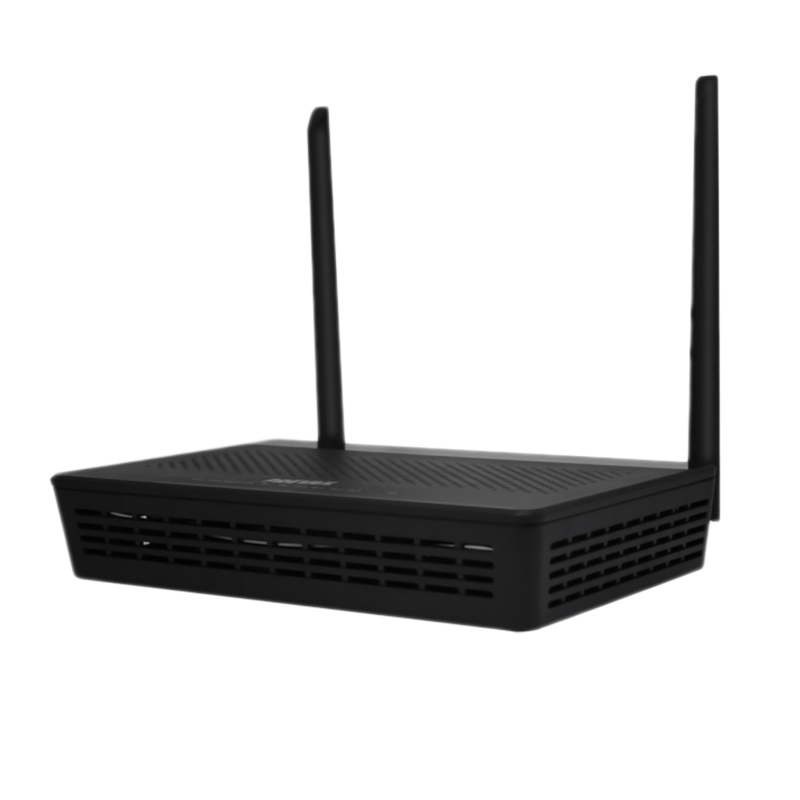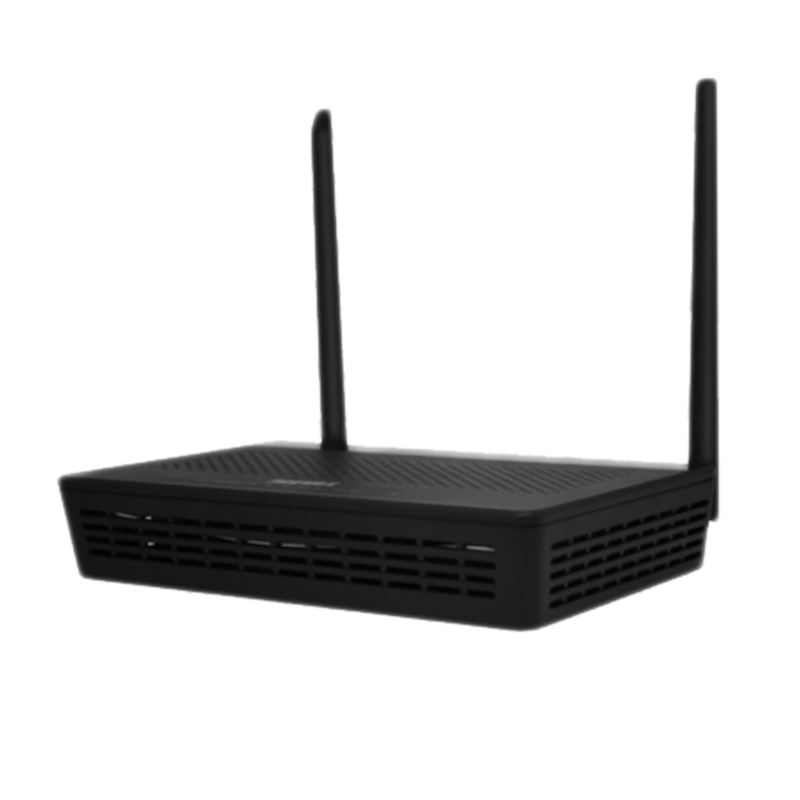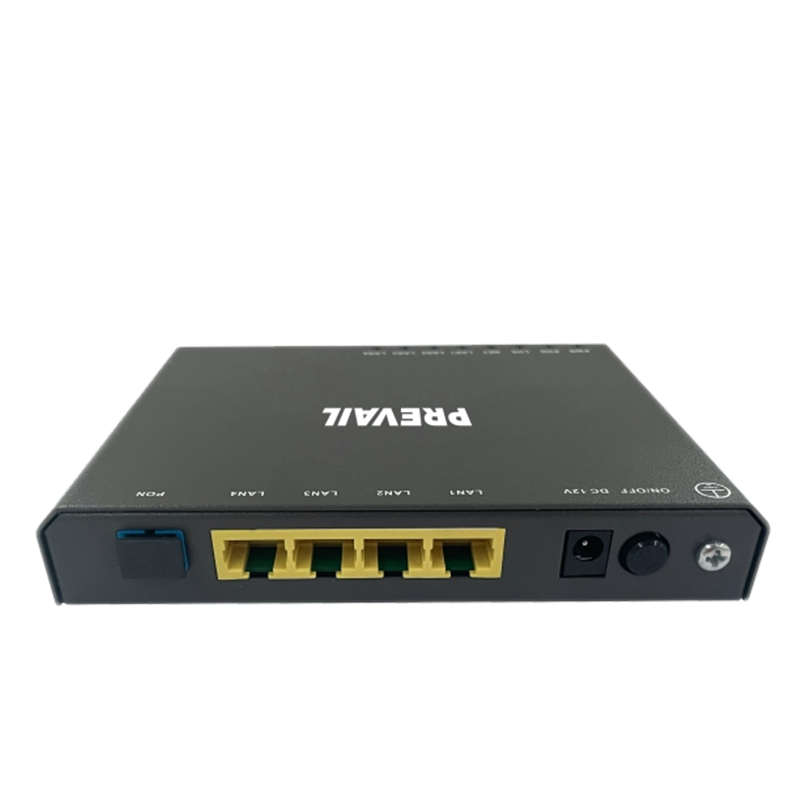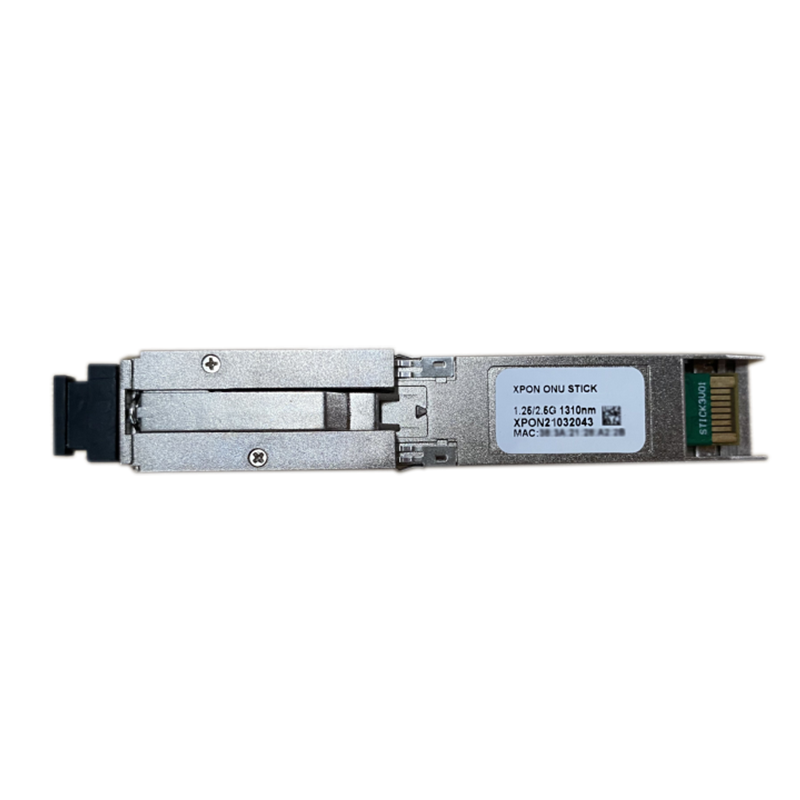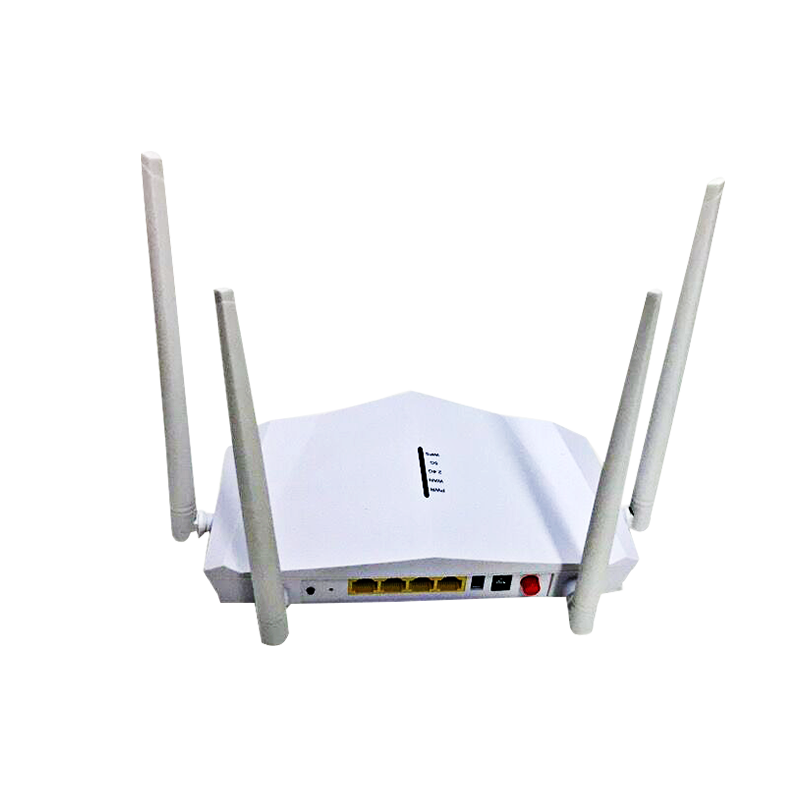1550nm optical transmitter is the core component of fiber-optic communication
With the rapid development of information technology, fiber-optic communication has become the backbone of modern communication networks and is widely used in data transmission, Internet connection, television broadcasting and other fields. As one of the key components in fiber-optic communication systems, 1550nm optical transmitters play a vital role in improving signal transmission quality and extending communication distance.
In fiber-optic communication systems, the main function of optical transmitters is to convert electrical signals into optical signals and transmit them through optical fibers. 1550nm optical transmitters play a vital role in this process. They can not only provide stable optical signal output, but also ensure the transmission quality of signals and the overall efficiency of the system.
The working principle of 1550nm optical transmitters is based on the photoelectric effect of semiconductor laser diodes. Simply put, when current passes through a laser diode, the carriers in the diode will recombine and release photons, which will be emitted at a wavelength of 1550nm. The optical signal generated by this process will be coupled into the optical fiber, thereby realizing the conversion of electrical signals to optical signals.

In practical applications, 1550nm optical transmitters are usually used in conjunction with other optoelectronic devices such as optical modulators and optical amplifiers to ensure the transmission quality of optical signals and enhance the transmission distance of signals.
The 1550nm wavelength has the smallest transmission loss in optical fibers, especially in single-mode optical fibers. Therefore, the 1550nm optical transmitter can maintain a high signal strength during long-distance transmission, thereby greatly reducing signal attenuation and transmission errors.
Compared with other commonly used wavelengths, such as 1310nm, the 1550nm wavelength has lower fiber loss, allowing the 1550nm optical transmitter to achieve a longer transmission distance. In long-distance optical fiber communication systems, the use of 1550nm optical transmitters can reduce the number of signal amplification times, thereby improving the efficiency and stability of the system.
1550nm optical transmitters are usually used in conjunction with high-bandwidth modulation technology to achieve high-speed transmission of large-capacity data. In modern optical fiber communication networks, 1550nm optical transmitters are widely used to transmit large-scale multimedia data and Internet traffic.
The 1550nm optical transmitter uses high-quality laser diodes. Its stability and low noise characteristics make the optical signal transmission process less susceptible to interference, ensuring the high reliability of the system. Its long life and high performance enable it to maintain good working condition during long-term operation.
1550nm optical transmitters are widely used in fiber-optic communication systems, including metropolitan area networks (MANs), wide area networks (WANs), and transnational fiber-optic links. In these applications, 1550nm optical transmitters can provide efficient and stable signal transmission to meet the needs of high-speed and large-capacity data.
With the development of cloud computing and big data, data centers have an increasing demand for high-speed network connections. 1550nm optical transmitters play an important role in fiber-optic connections within data centers, supporting high-speed transmission and efficient exchange of large-capacity data streams.
In long-distance fiber-optic links, such as submarine cables or intercontinental fiber-optic connections, 1550nm optical transmitters have become the preferred light source for long-distance signal transmission due to their low loss characteristics. It can effectively reduce signal attenuation, extend transmission distances, and reduce the need for relay amplification.
1550nm optical transmitters are also widely used in signal transmission in the broadcasting and television industry, especially in long-distance, high-quality video and audio signal transmission. Its high efficiency and low noise characteristics ensure high-quality transmission of broadcast signals.





